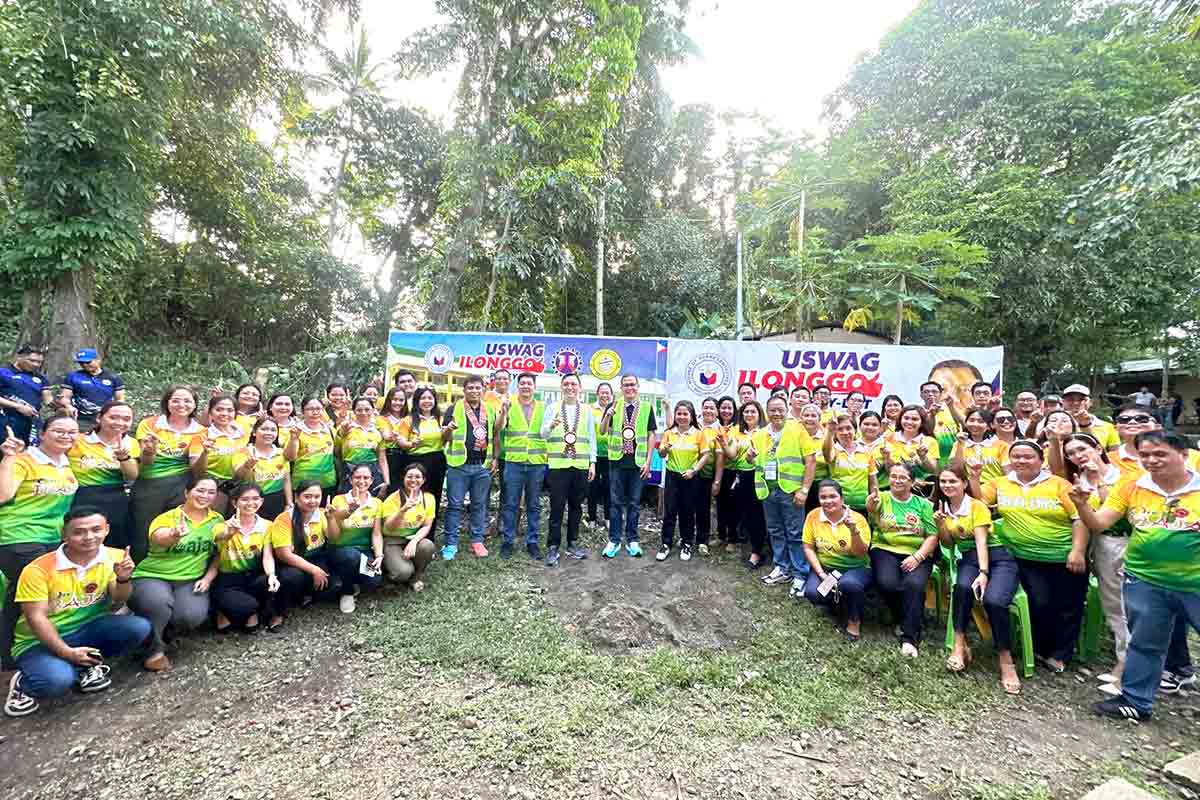By Rjay Zuriaga Castor
A public lecture held at the UP Diliman College of Science (UPD-CS) Auditorium on June 30 shed light on the current state and future prospects of science communication in the country.
The event, organized jointly by UPD-CS and Science Communicators Philippines (SciCommPH), brought together science practitioners, researchers, and scientists to discuss best practices and challenges in the field.
Ingrid Espinosa, a Senior Strategic Communications Specialist for the National Institutes of Health, said science communication has faced numerous challenges and some of them have evolved through the times marked by very specific historical milestones.
“Some of them also seem to be coming in cycles like censorship, funding, keeping the people reading and subscribing to newspapers,” she added.
Timothy James M. Dimacali, head of the Science Communications Team at UPD-CS and vice president for External Affairs of SciCommPH, stressed that science communication in the country is leapfrogging and “there is a lot that needs to be done.”
“Alam natin na ang Pilipinas is still leapfrogging, as far as science and technology is concerned. And that echoes the development also of science communication in the country,” he explained.
Dimacali added that while there have been improvements in science communication, UPD-CS and SciCommPH is still looking at how best to handle communicating science to the public.
One notable stride they made is getting the public aware of the discoveries and achievements of Filipino scientists, which according to him makes people “comfortable’ with science.
He furthered that they are also in the process of understanding what the media needs and looking at how best to facilitate interaction between the media and topic experts in a timely manner.
What has changed?
Garry Jay S. Montemayor, an academic scholar and researcher, said the onslaught of supertyphoon Yolanda was a “landmark” that prompted a shift in science journalism, particularly in terms of disaster reporting and communication of risks.
“May mga landmark events kasi kung bakit may pagbabago tayo sa science journalism. Before, the disaster and risk reporting, hindi masyadong napag-uusapan […] In terms of disaster reporting, when it comes to communicating risks, yung Yolanda talaga landmark yan eh,” he explained.
Espinosa likewise said that Yolanda “galvanized a lot of reporters and journalists to see the values of and also the responsibilities of science journalism.”
“It is no longer necessarily the end of the paper, back of the page kind of thing. But it really affects real people on a huge, massive scale,” she continued.
Espinosa also noted that the COVID-19 pandemic brought heightened awareness and allowed media practitioners to be “more nuanced or understanding of science.”
“Maraming napasalang sa health and science reporting and it became top of mind after that,” she said stressing that it brought forth awareness and the responsibility among media practitioners to do research.
The how-tos in SciCom
To think that science communication is just about dissemination or a mere transmission of scientific concepts “may not be appropriate” said Montemayor.
“What we want now as science communication is to start social conversations around science,” he said
Montemayor suggested that using unconventional methods, such as memes or incorporating elements of pop culture, could effectively engage and make scientific discussions accessible to individuals without a strong scientific background.
“If you are trying to start a social conversation around science, then that’s acceptable. In fact, if you are trying to communicate science, humor is one of the factors that make it appealing and more relatable. It doesn’t simplify but it makes it relatable,” he explained.
However, he cautioned that it is important to consider the context and the audience.
Dimacali echoed the sentiment that injecting humor and creativity into the discussion makes the audience comfortable.
“Science communication, despite the name, isn’t just all about communicating science. A large part of it is experiential, encouraging people to be comfortable with science. And that’s where memes come in, cartoons, or comics,” he said.
“That doesn’t communicate science directly but it does make the audience comfortable with the idea and that I think is a win in itself,” he added.
Dimacali furthered that in making science reports, it is important to recognize the diverse perspectives of the audience.
“Dapat natin tandaan na hindi mangmang yung publiko… You don’t talk down. You also have to recognize that they have different paradigms, different perspectives to situations,” he noted.
Dimacali added that decolonizing science from the Western idea, recognizing and understanding indigenous science as a distinct and legitimate form of knowledge fosters a more inclusive and holistic understanding of science.
While audiences might not immediately understand the immediate science, Dimacali said that presenting it through an emotional or cultural lens would resonate with their experiences and perspectives.
“Taking something familiar in pop culture, or daily experience and pointing out na pwede siyang tignan from a scientific perspective,” he explained.
The future of SciCom
Montemayor recognizes the need to focus on indigenous knowledge.
“We have to recognize different forms of sciences […] If we are talking about science communication, most of the time we are talking about more of Western science. But we have indigenous knowledge [such as] the experiences of farmers,” he said.
Meanwhile, Espinosa envisions science communication to have a strong social and community focus.
“There’s gonna be a lot more local or niche content. Science itself is gonna be a lot more localized or locally created,” she said.
Dimacali said he is “cautiously optimistic” and “pragmatic” about the future of science communication in the country.
“Where we stand now is way better than where we are two or three years ago,” he said.


















